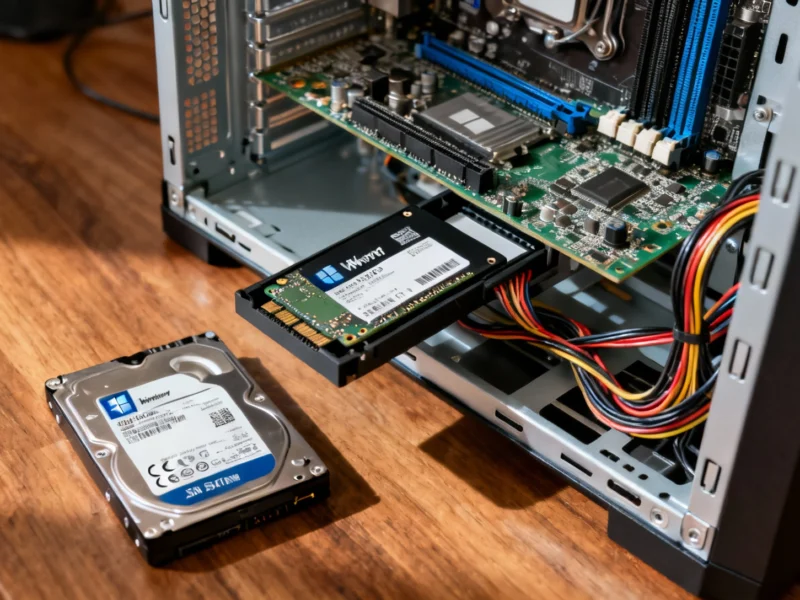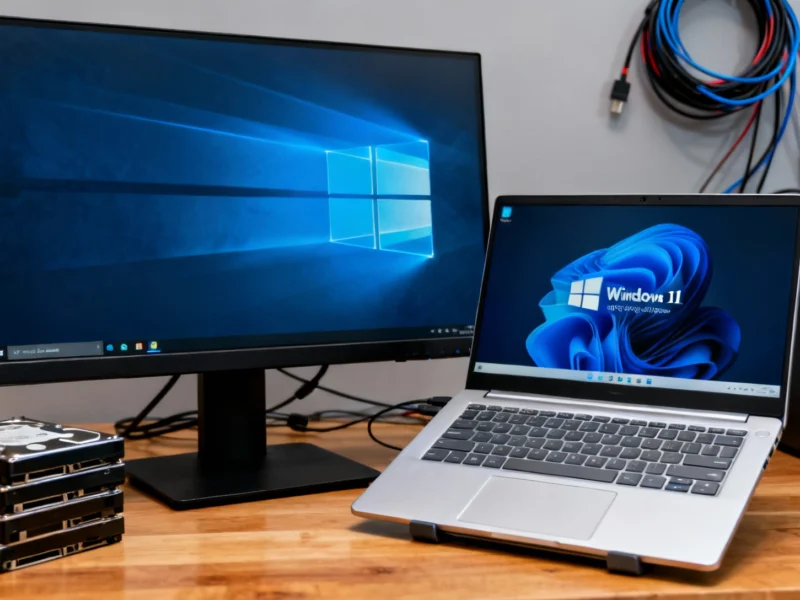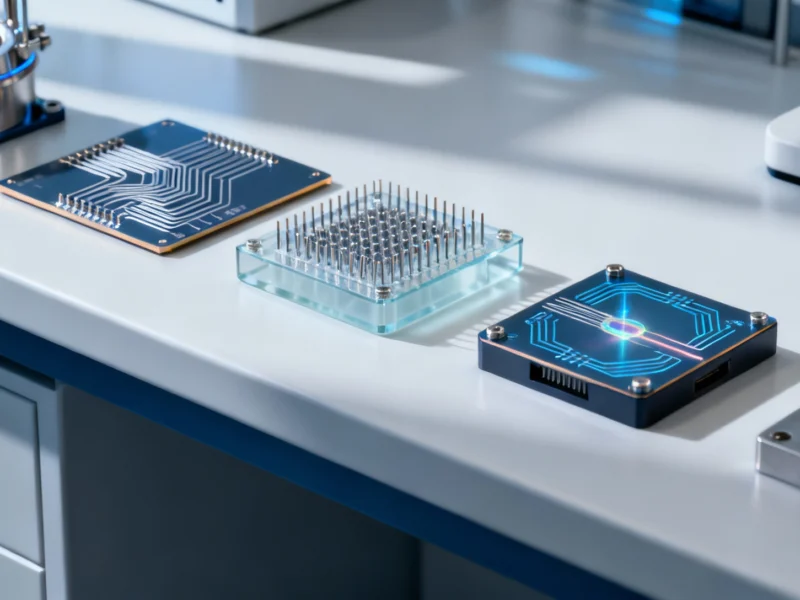If you’re looking to reduce PC boot time beyond the basic step of disabling startup applications, several advanced optimization techniques can deliver dramatic improvements to your system’s startup performance. While managing startup apps provides some benefit, the most significant gains often come from adjusting low-level system settings, BIOS configurations, and Windows services that most users never touch.
Understanding Windows Boot Process Fundamentals
Before diving into optimization techniques, it helps to understand what happens during the booting process of a Microsoft Windows system. The boot sequence involves multiple stages where the system initializes hardware, loads drivers, and prepares the operating environment. Each stage presents optimization opportunities that can cumulatively shave significant time off your startup.
Leverage Windows Fast Startup Feature
Windows includes a built-in Fast Startup feature that can cut boot times significantly by using a hybrid shutdown approach. Instead of completely shutting down the system kernel and drivers, Fast Startup saves the system state to a hibernation file, allowing for much faster restoration during the next boot cycle. According to recent analysis of Windows optimization techniques, this single setting can reduce boot times by up to 30% on compatible systems.
To enable Fast Startup:
- Navigate to Control Panel > Hardware and Sound > Power Options
- Select “Choose what the power buttons do”
- Click “Change settings that are currently unavailable”
- Check “Turn on fast startup (recommended)” under Shutdown settings
- Save your changes
This approach essentially creates a partial hibernation state for the operating system kernel, bypassing the need to reload core system components from scratch with each startup.
Optimize BIOS/UEFI Settings for Faster Boot
Your system’s BIOS or UEFI firmware controls the initial hardware initialization process before Windows even begins loading. Industry experts note that inefficient BIOS configurations can add several seconds to boot times through unnecessary hardware checks and incorrect boot order settings.
Key BIOS optimizations include:
- Adjust boot priority to ensure your primary Windows drive is first
- Enable Fast Boot options to skip redundant hardware checks
- Disable unused hardware controllers and ports
- Update to the latest BIOS version for performance improvements
Data from boot time analysis tools consistently shows that BIOS optimization alone can reduce startup times by 15-25%, making it one of the most impactful adjustments for faster boot performance.
Manage Background Services and Processes
Beyond startup applications, numerous Windows services and background processes launch automatically during boot. Many of these services are non-essential for typical usage but consume valuable system resources during startup. Device drivers and system services represent significant components of the boot process that can be optimized for better performance.
Critical service management strategies include:
- Identify and disable unnecessary Windows services
- Configure delayed start for non-critical services
- Remove redundant device drivers
- Use built-in Windows tools to analyze service dependencies
Additional System Optimization Techniques
Several complementary approaches can further enhance boot performance. Regular system maintenance, driver updates, and hardware considerations all contribute to optimal startup times. As highlighted in related analysis of system performance factors, even storage technology upgrades can dramatically impact boot speeds.
Additional optimization opportunities include:
- Regular disk cleanup and defragmentation (for HDD systems)
- Upgrading to SSD storage for faster read times
- Keeping system drivers updated
- Removing unnecessary system tray applications
According to industry experts analyzing performance optimization, comprehensive system tuning typically delivers better results than focusing on any single adjustment alone.
Measuring Your Boot Time Improvements
To accurately track your optimization progress, use dedicated boot time measurement tools that provide detailed analysis of each startup phase. These tools can identify specific bottlenecks and help you prioritize which optimizations will deliver the greatest impact for your particular system configuration.
Consistent monitoring allows you to:
- Quantify the impact of each optimization
- Identify new performance issues as they emerge
- Maintain optimal boot performance over time
- Make data-driven decisions about further optimizations
By implementing these advanced techniques systematically, most users can achieve boot time reductions of 50% or more compared to their original configuration, transforming a sluggish startup into an almost instantaneous system readiness experience.



